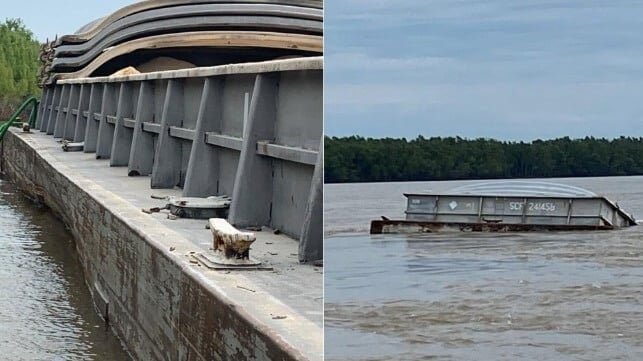Insurers’ data shows that most marine casualties are caused by human error, and a prime example of this is the allision of the towboat Susan K with the Natchez-Vidalia Bridge. The captain admitted to becoming complacent after making the same trip 200 times and not paying attention, leading to the collision. On April 23, 2023, the Susan K was traveling down the Mississippi with 25 barges when the accident occurred. Despite normal surface conditions, the captain failed to navigate the towboat through the designated channel, resulting in the collision with the bridge.
The captain, with 45 years of experience, had no distractions, passed a drug test, and had ample rest prior to the incident. However, he attributed the accident to complacency, stating that repetition and familiarity can lead to attention lapses or distractions. The NTSB advised developing strategies to maintain focus, such as continuous scanning of instruments, strict adherence to procedures, and eliminating distractions. The incident serves as a reminder of the importance of remaining vigilant and not letting familiarity breed complacency in maritime operations.
The captain’s decision to maneuver the towboat to avoid a head-on collision with the bridge ultimately led to the accident. Despite his experience and adherence to safety protocols, complacency played a significant role in the collision. The NTSB highlighted the need for strategies to maintain focus and prevent attention lapses, emphasizing the importance of continuous vigilance in maritime operations to prevent similar accidents in the future.


